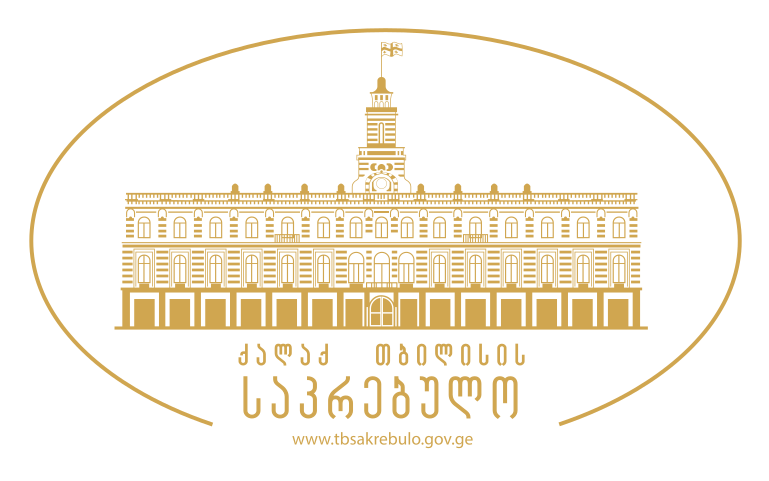003 - Code-switching with the Unknown
Organizers: Johanna Domokos (University of Bielefeld), Marianna Deganutti (Goethe University Frankfurt)
Workshop including 15-20 minutes lectures on related topics, followed by a reading of the most polyglot poet, Sabira Ståhlberg, and a roundtable
Literary multilingual scholarship so far has mainly understood code-switching as ‘the alternative use of two or more languages in the same conversation’ (Milroy and Muysken 1995). This alternance is usually imagined to occur between two well-known language systems, such as Russian and French in Tostoy’s War and Peace. However, code-switching may also imply codes that are hidden, silenced, functionally activated, partially or even completely unknown. This depends on the fact that the ‘linguistic repertoire is not determined solely by the linguistic resources we have, but sometimes by those we do not have’ (Busch 2017).
This could be observed at both ends of the literary production: namely in the author’s creative processes or those of the reader, who often deal with unknown code systems or languages. In the case of the author, it is worth considering those writers or poets who could not incorporate their first language or culture in their works due to adoption, exile, migration, travelling, political repression, minority situation, linguicism, etc. Another author perspective could be an innovative approach to code-switching, such as the most polyglot author of contemporary literature worldwide, Sabira Ståhlberg, whose multilingual repertoire comprises words or units from several dozen languages, including dead and endangered ones, and mixing them freely. Music or film can be studied in this way, too. Hungarian minimal artist Tibor Szemző incorporates the thirteen languages spoken by the first Tibetologist in his film about Alexander Csoma de Kőrös (2006), while in his music CD Tractatus (1995) he includes Wittgenstein quotes in German, Japanese, Czech, Slovak, English, Spanish and Hungarian.
From the perspective of the reader, scholars (e.g. Sommer 2004, Tidigs and Huss 2017) have recently challenged the idea that a multilingual work requires a multilingual reader, by suggesting that the partial fluency of the reader could actually be more desirable in order to accomplish the aesthetic or stylistic effects created by the author. Therefore, the notion of the “unknown” as something which is not understandable or familiar should rather be overturned in favour of approaches which interpret it as a key narratorial tool, full of potential.
Some possible topics include, but are not limited to:
- Definitions of the unknown, its incorporation in a multilingual work and how it is used by writers, poets, film makers and artists in contemporary and historical practices
- Reception theory and the unknown, how does the audience define, react to and receive the incorporated unknown codes, contemporary and historical practices
- How a less polyglot translator can translate works of polyglot authors, and how these are read by differently languaging audiences, contemporary and historical practices
- Comparative perspectives: how does the medial incorporation of the unknown codes in literature, film, music and visual art manifest itself, and how do they differ from each other
Proposals from literary studies, film studies, art, sociolinguistics, multilingualism, comparative studies, translation studies are welcome.
The Project was supported by Shota Rustaveli National Science Foundation of Georgia (SRNSFG) [grant number MG-ISE-22-170]


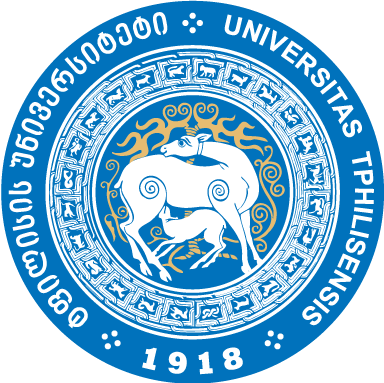

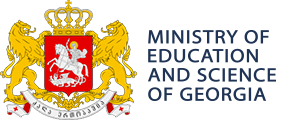
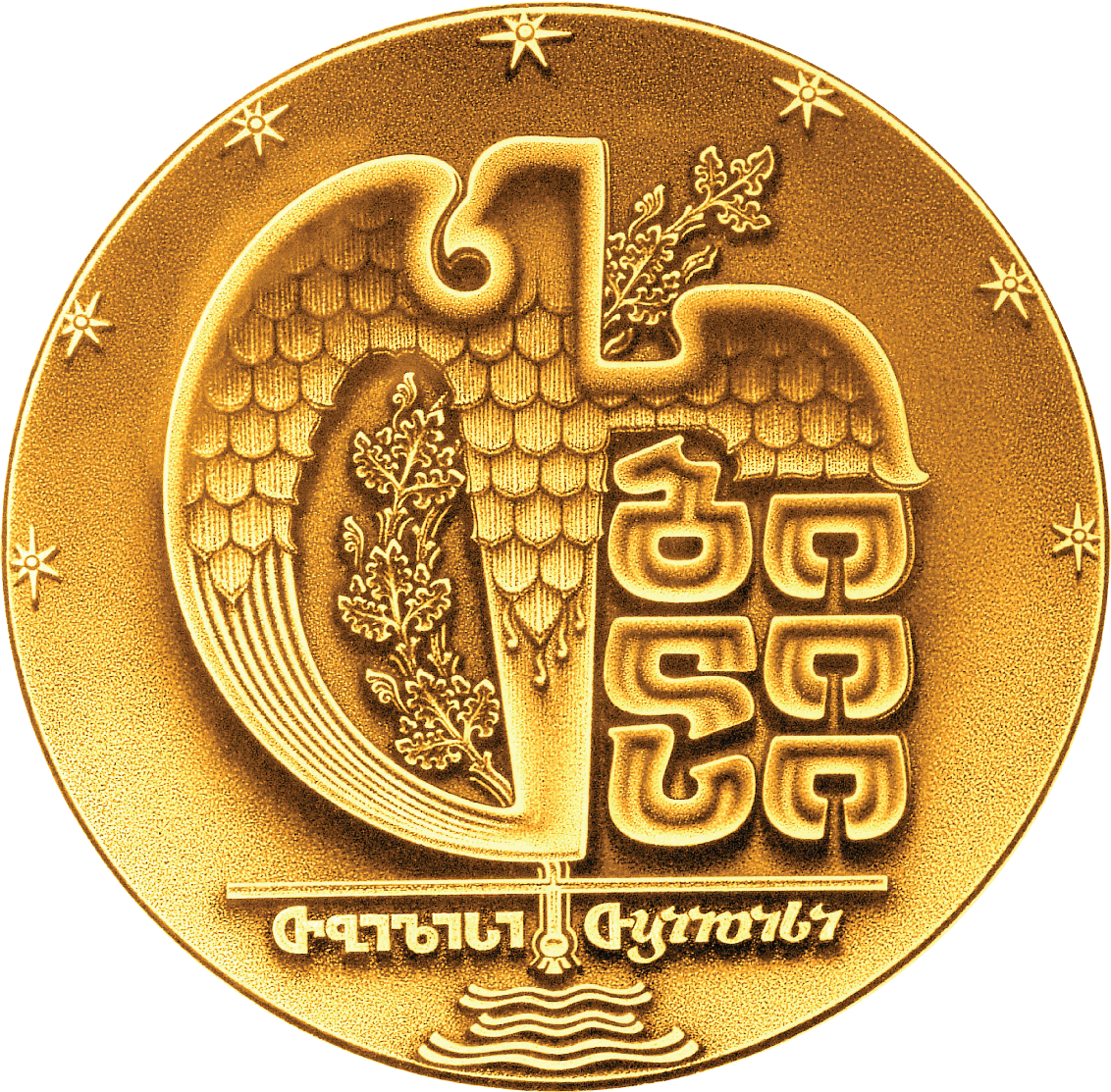

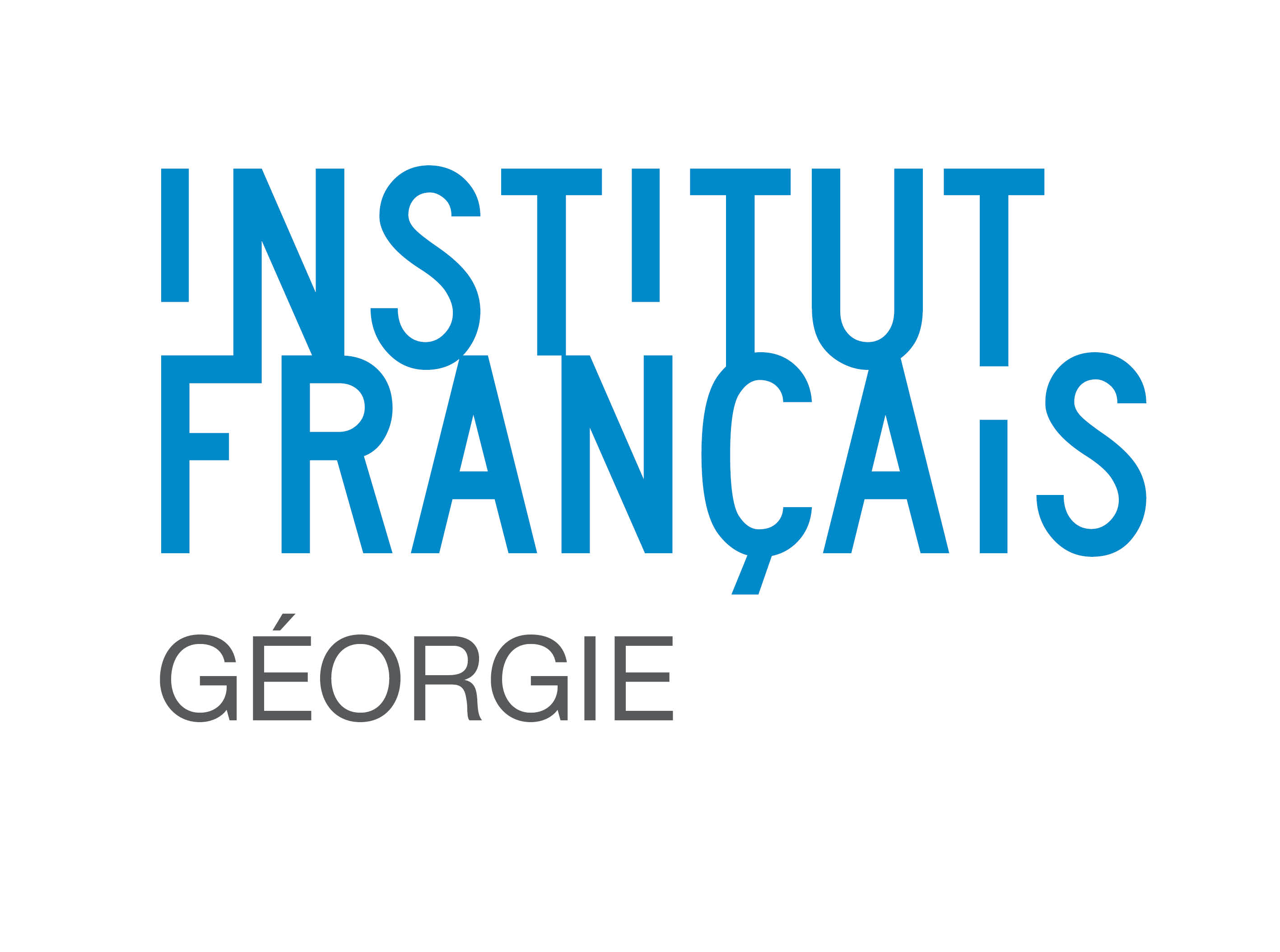


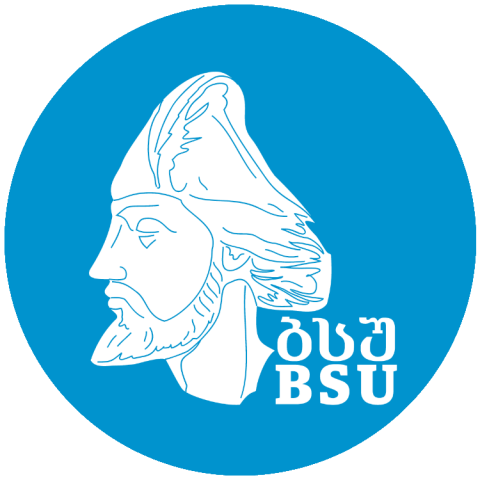

_001.png)

